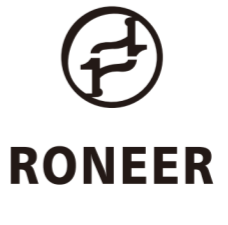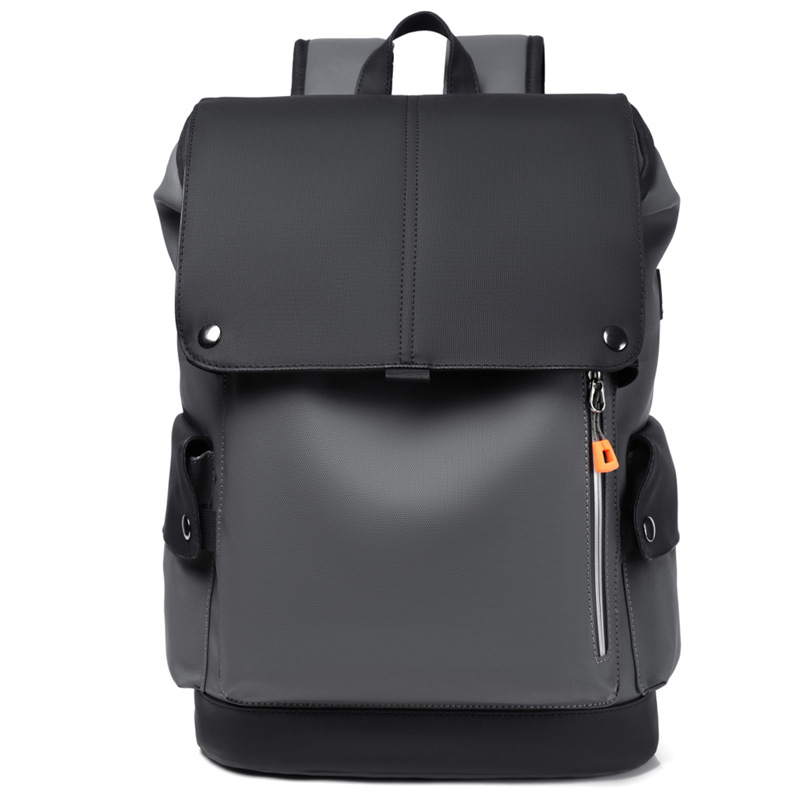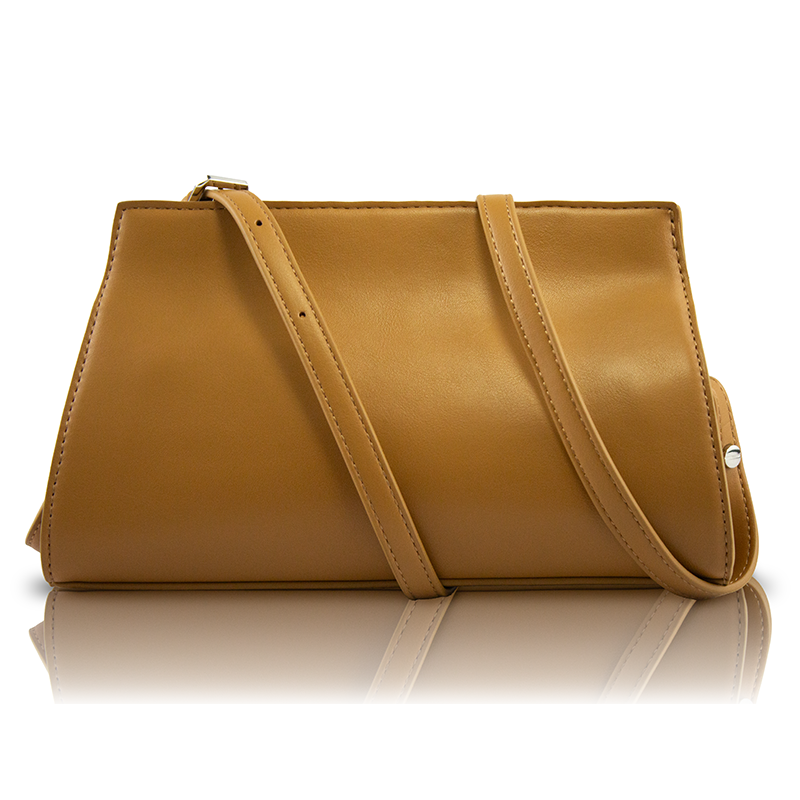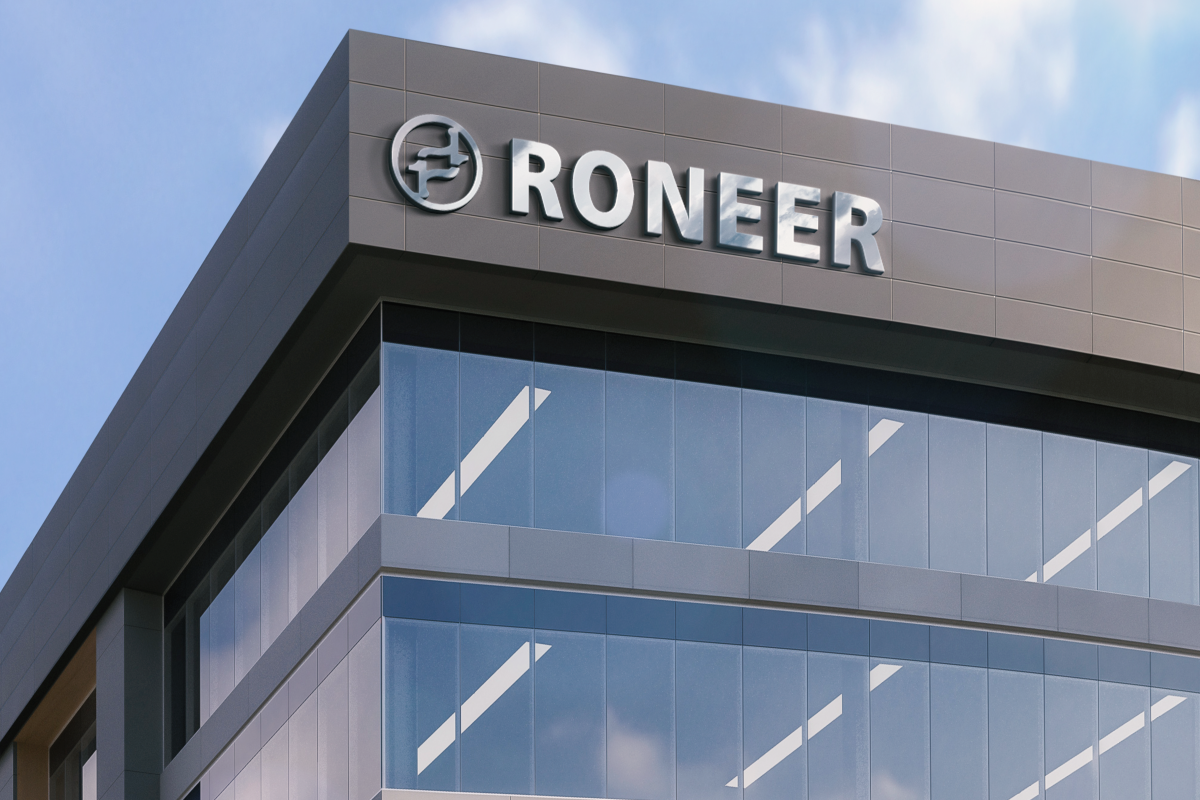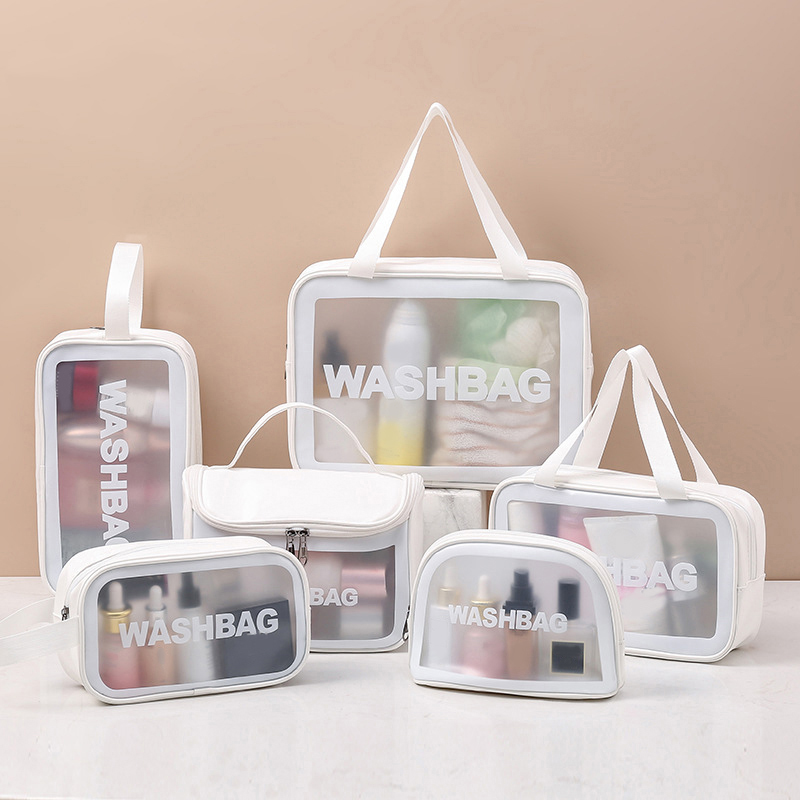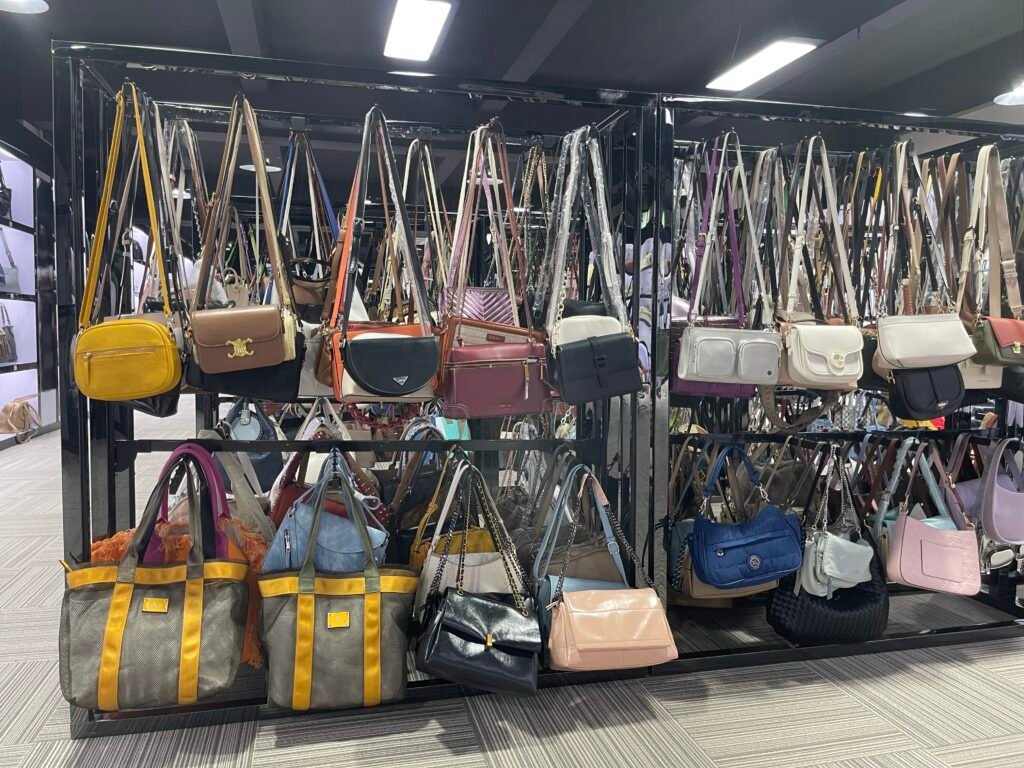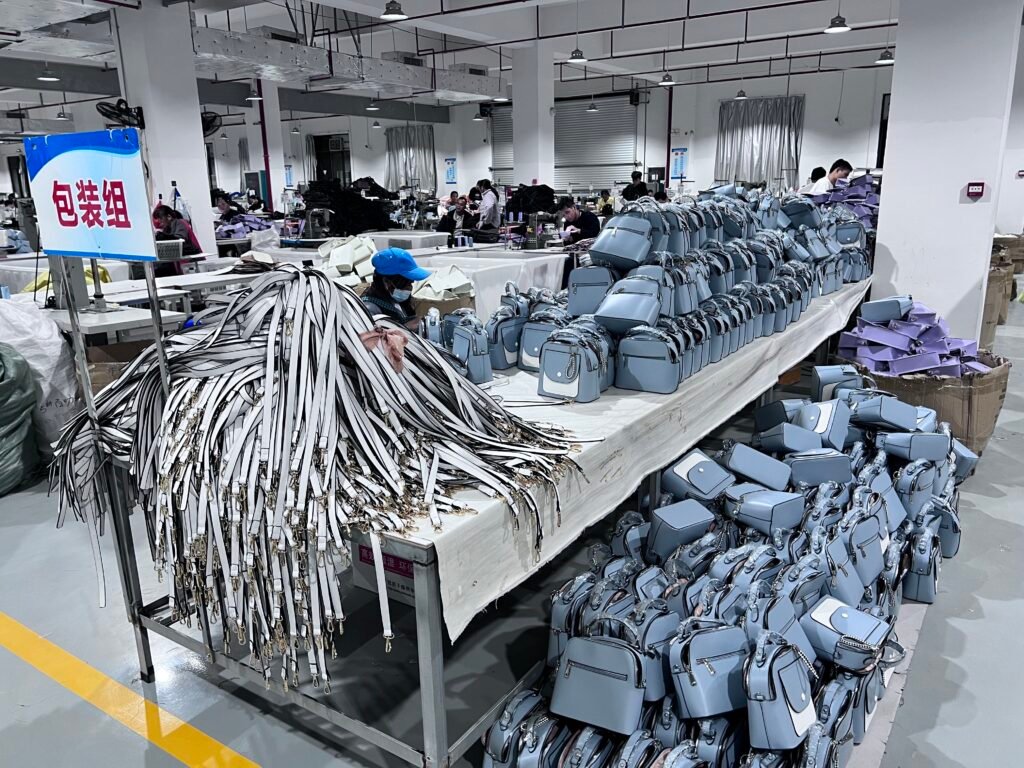When you’re designing a custom bag, picking the right fabric is the most important call you’ll make. It’s what dictates how the bag feels in your hand, how tough it is, how much it costs, and even the steps to make it. And honestly? It’s the difference between a bag people will use for years and one they’ll toss after a single season.
I’ve been in the bag-making game for years, so in this post, I want to share the 12 most common fabrics for custom bags. For each one, I’ll break down its typical materials, the main pros and cons, and which types of bags it works best for. Let’s dive in!
| Fabric | Advantages | Drawbacks | Typical Applications | Brand Examples |
|---|---|---|---|---|
| Full-Grain Leather | Extremely durable; develops rich patina | Expensive; needs care | Luxury handbags, travel bags | Hermès, Louis Vuitton |
| Top-Grain Leather | Smooth, consistent surface; durable | Less natural character | Fashion handbags, totes | Coach, Michael Kors |
| Microfiber Leather | Lightweight; eco-friendlier; versatile | Less luxurious; no patina | Everyday bags, laptop bags | Stella McCartney, Matt & Nat |
| PU Leather | Affordable; colorful; water-resistant | Cracks over time; less durable | Casual handbags, wallets | Zara, H&M |
| Canvas | Strong, breathable, easy to print | Stains easily; casual style | Totes, backpacks, travel bags | Herschel, Carhartt |
| Cotton & Linen | Eco-friendly; lightweight; natural look | Less durable; moisture-sensitive | Summer bags, market totes | Everlane, Baggu |
| Nylon | Strong; water-resistant; lightweight | Synthetic feel; UV fading | Travel backpacks, outdoor gear | Tumi, The North Face |
| Polyester | Cost-effective; durable; versatile finishes | Less breathable; synthetic | Sports bags, backpacks | Nike, Adidas |
| Oxford Fabric | Stylish; abrasion- and water-resistant | Less luxurious | Laptop bags, business backpacks | Samsonite, Incase |
| Ripstop Fabric | Tear-resistant; weather-friendly | Technical look; less stylish | Hiking packs, duffels | Patagonia, Arc’teryx |
| Straw & Rattan | Lightweight; artisanal, eco-friendly | Fragile; seasonal | Summer totes, beach bags | Loewe, Prada |
| Denim | Durable; trendy fading; washable | Heavier; casual only | Backpacks, totes, handbags | Strong; breathable, easy to print |
Full-Grain Leather
Let’s be real—when it comes to top-quality leather out there, full-grain leather is hands down the best. It’s made from the outermost layer of cowhide, the good stuff, y’know? It keeps all its natural grain—those one-of-a-kind little marks and patterns included—so every piece made with it is totally unique. No two are the same. And this leather? It’s tough as nails, super strong, and the best part? It gets this rich, beautiful shine the more you use it over time.
Pros:
- Durability for days: Full-grain leather is way more scratch-resistant and long-lasting than any other type of leather. It can handle daily use without falling apart.
- Ages like fine wine: The natural shine just gets better with time. Your bag won’t look worn out—it’ll look lived-in in the best way, with a luxury vibe that’s totally yours.
- Breathes like a dream: It has natural pores that let it “breathe,” so it’s way less likely to crack when you use it regularly. No weird, stiff mess later.
Cons:
- It ain’t cheap: Let’s keep it real—quality this good, plus the detailed processing it needs, means it costs more than regular leather. But it’s a long-term investment.
- Needs a little TLC: To keep it looking sharp and lasting forever, you gotta take care of it. Wipe it down every now and then, condition it—nothing too hard, just a little maintenance.
What It’s Used For & Which Brands Love It
You’ll find it in all the fancy, high-end stuff: luxury handbags, nice work backpacks, travel bags, briefcases, and even top-tier wallets.
Brands like Hermès, Louis Vuitton, and Prada? They obsess over full-grain leather. Its quality and elegance are unbeatable, so it’s their go-to for products made for people who care about nice, well-made things.
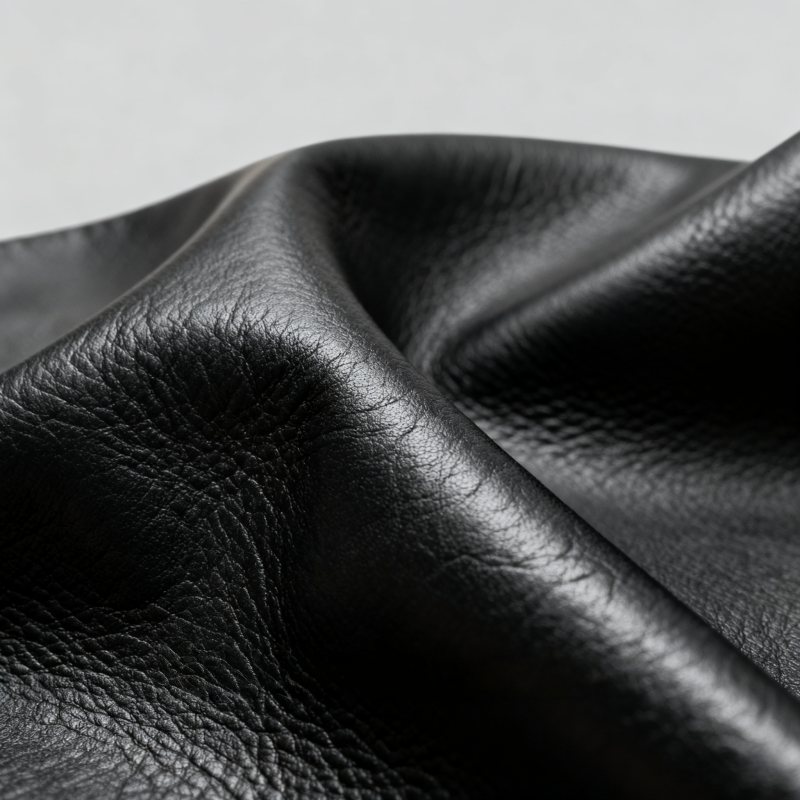
Top-Grain Leather
Top-grain leather’s the solid second-best when it comes to leather quality, and it’s still made from the upper layer of cowhide. But here’s the difference from full-grain: its surface gets sanded and polished to smooth out flaws, so it ends up with a nice, even, shiny look. It’s tough, looks classy, and doesn’t break the bank—total go-to for bags that’re both stylish and useful.
Pros:
- Super consistent look: The sanding and finishing process gives it a smooth, even surface—perfect for sleek, polished bag designs that need that “put-together” vibe.
- Still pretty tough: It’s not quite as strong as full-grain, but it can still handle scratches and daily use like a champ. No flimsy stuff here.
- Way easier to take care of: The treated surface doesn’t pick up stains or scratches as easily, so cleaning it is a total breeze (no fancy tricks needed).
Cons:
- Loses some natural charm: Sanding wipes away those natural marks and textures, so it won’t develop that rich, unique patina (that “lived-in shine”) like full-grain does over time.
- Not as breathable: Compared to full-grain, the surface treatment blocks a little more air flow. It’s not a huge issue, but it’s worth noting.
Where You’ll See It & Which Brands Love It
You’ll usually find it in everyday fancy bags: trendy handbags, crossbody bags, tote bags, and mid-range luxury backpacks—stuff you’d grab for work or weekends.
Brands like Coach, Michael Kors, and Kate Spade? They use it all the time. For mid-range luxury brands, keeping that consistent, nice look and durability matters a lot—and top-grain nails that balance of quality and price. It’s why it works so well for both classic, timeless bags and newer, on-trend styles.
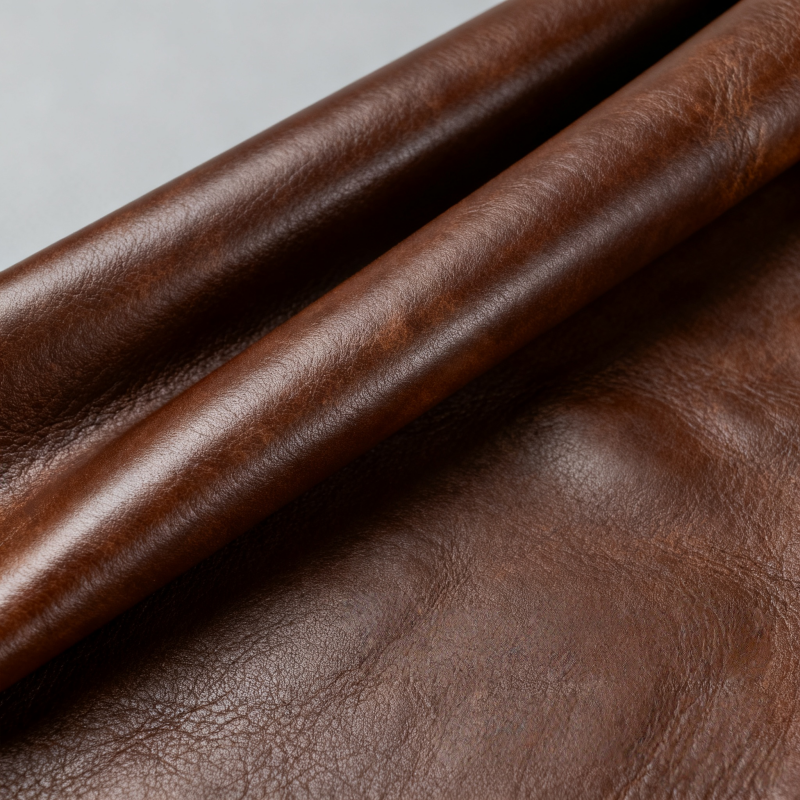
Microfiber Leather
Microfiber leather’s a high-quality synthetic material, and it’s made to copy real leather’s look and feel perfectly. It’s stitched and treated from super fine fibers, so it turns into this soft, tough, and super versatile fabric. And here’s why it’s blowing up: brands that want an eco-friendly alternative (without ditching style or function) are obsessed with it.
Pros:
- Super light and flexible: It’s easy to work with and shape, which makes it perfect for modern bag designs—y’know, the ones that look sleek and fit your vibe.
- Tough as nails & scratch-resistant: Even if you use it every single day, microfiber leather stays looking fresh. No weird scuffs or worn-out spots popping up fast.
- Way more eco-friendly: Compared to real leather, making it uses way less water and harsh chemicals. Good for your bag, better for the planet—win-win.
- Tons of color options: It can be dyed into bright hues or fun patterns, so designers can go wild with ideas. No limits on what your bag can look like.
Cons:
- Not quite that luxury vibe: Yeah, it mimics leather, but it doesn’t have that natural texture or the “gets better with time” feel real leather has. It’s close, but not the same.
- Not super breathable: Unlike real leather, it doesn’t develop that nice patina. And over time, it might start to feel a little more “man-made”—you can kinda tell it’s synthetic.
Where You’ll See It & Which Brands Love It
You’ll spot it in all the bags you use daily: everyday totes, casual backpacks, laptop bags, wallets, and those cute fashion crossbodies you grab for errands.
Brands like Matt & Nat, Stella McCartney, and Wandler? They’re all about this stuff. These are the brands that care about eco-friendly, sustainable design (and looking modern while doing it). Microfiber’s tough and flexible enough for every kind of bag—from simple daily ones to bold, trendy pieces that stand out.
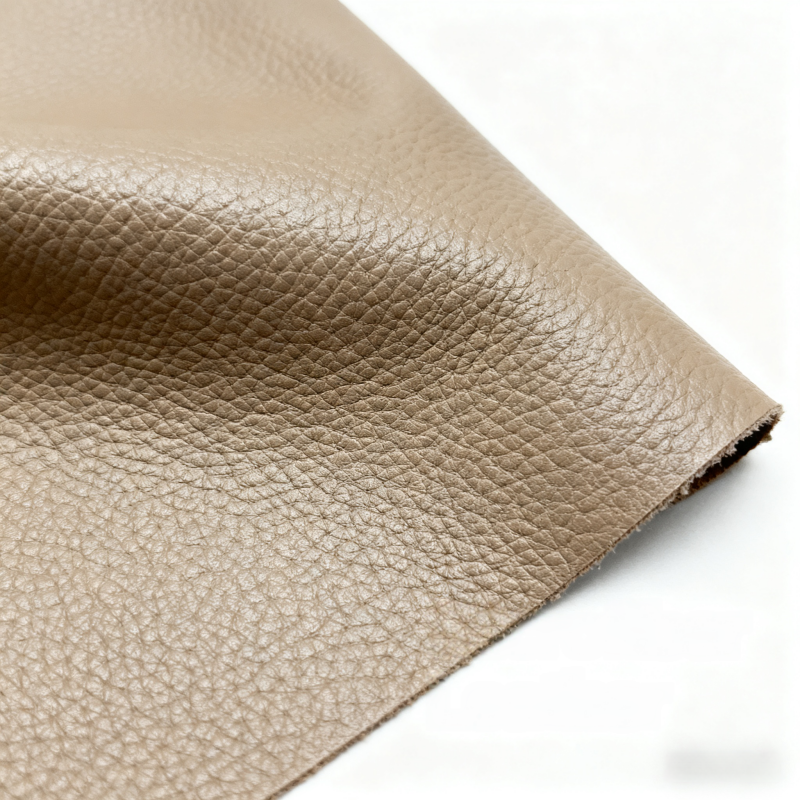
PU Leather
The PU leather (that’s polyurethane leather, if you wanna get technical) is a synthetic leather, and it’s everywhere in the bag world. Why? ‘Cause it’s cheap, super versatile, and stands in for real leather perfectly. Here’s how it works: they coat a base fabric with polyurethane, and bam—you get something that looks and feels just like leather. And since it’s easy to design with and doesn’t cost a ton, it’s huge for trendy, mass-market bags.
Pros:
- Super budget-friendly: It’s way cheaper than full-grain or top-grain leather—perfect for making tons of bags at once without jacking up prices.
- Waterproof (kinda) & low-maintenance: That coated surface? It keeps stains and moisture out. Wipe it down, and it’s good as new—no fancy care needed.
- Designs for days: You can get it in any color, texture, or finish—glossy, matte, or even embossed with patterns. Designers can go wild without limits.
- Light as a feather: It’s easy to handle, which means bags made with it are lighter to carry. Plus, it cuts down on shipping weight too—win-win.
Cons:
- Not as tough long-term: PU leather doesn’t last forever. Over time, it tends to crack or peel—especially if you use it a lot (like a daily bag).
- No luxury vibe: It mimics leather, but it’s missing that natural texture and “gets better with time” feel real leather has. It just feels… synthetic, y’know?
- Eco notes to consider: Now, the eco part—making PU does use chemicals. The good news? Newer methods are way better than old ones, so it’s less harsh than it used to be.
Where You’ll See It & Which Brands Use It
You’ll see it in all the everyday, affordable stuff: fashion handbags, wallets, casual backpacks, crossbody bags, and cheap travel bags—basically the bags you grab without dropping a ton of cash.
Fast-fashion brands? Oh, they love this stuff—Zara, H&M, Aldo use it all the time. It lets ‘em play with trendy textures, colors, and patterns without making their bags super expensive. For brands that need to keep prices low but still look stylish, PU leather is a no-brainer.
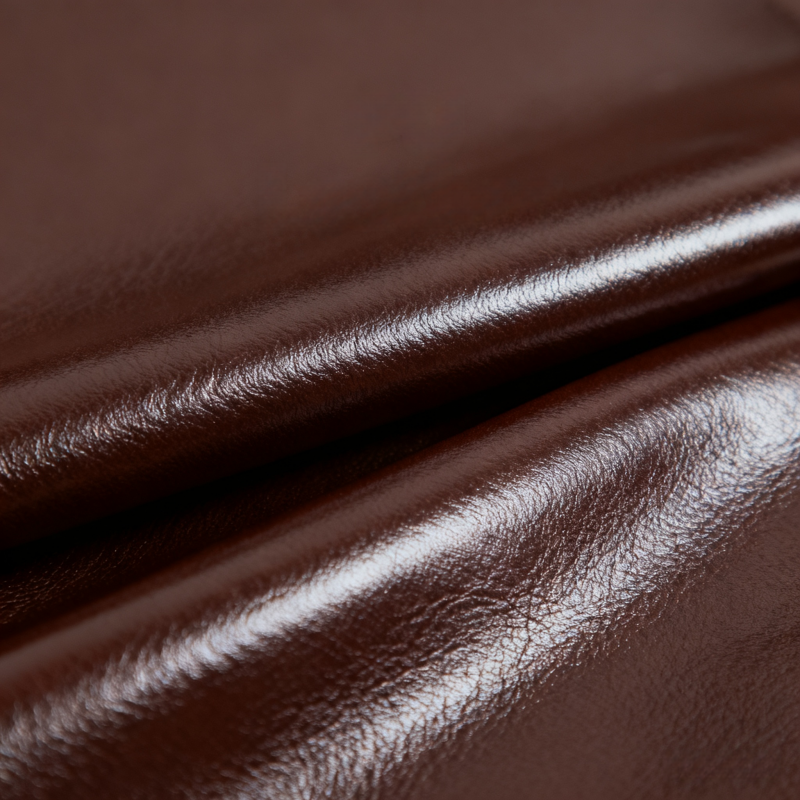
Canvas
Canvas is this tough woven fabric—traditionally it’s made with cotton or linen, but these days, a lot of canvas mixes in synthetic fibers to make it even sturdier. It’s one of the oldest materials for bags, and it’s stuck around because it’s strong, super versatile, and has that laid-back, casual look people love.
Pros:
- Super durable: That tight weave means it can take a beating without wearing out.
- Light but strong: It’s tough, but not heavy like leather—win-win.
- Super customizable: Easy to dye, print on, or embroider, so it’s a go-to for custom designs.
- Breathable and natural: Cotton canvas feels nice and is eco-friendly, which is a plus.
Cons:
- Stains easily: Unless it’s treated, it soaks up liquids pretty quickly—spill coffee, and you’ll probably see it.
- Not super formal: It gives off a casual vibe, so it’s not really right for luxury bags or fancy work totes.
- Needs a little upkeep: Without a protective coating, it can fade or get weaker over time.
What it’s used for:
Tote bags, casual backpacks, duffels, eco-friendly shopping bags, and outdoor gear—you name it, canvas works.
Where You’ll See It & Which Brands Use It
Brands like Herschel Supply Co., Fjällräven, and Carhartt (you know, those lifestyle and outdoor brands) use it a ton. It’s got that mix of practicality and timeless style that clicks with everyone—from folks commuting to work to people out exploring.
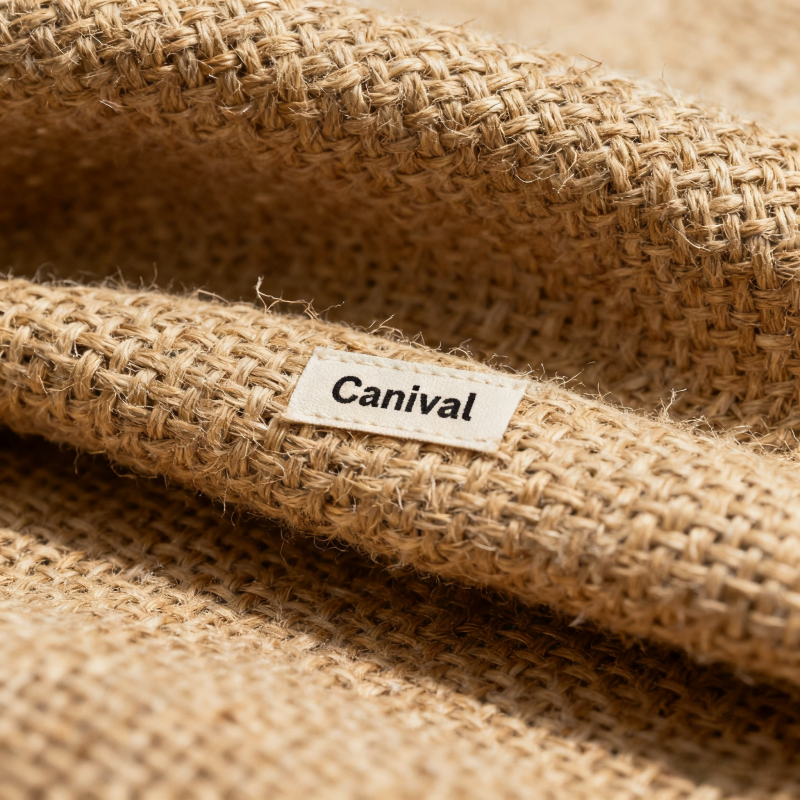
Cotton & Linen
The cotton and linen are total OG natural fabrics. We’ve been using ‘em in textiles for hundreds of years, and they’re still low-key essential for making bags today. Here’s the thing: they’re soft, breathable, and so eco-friendly. That’s why designers love ‘em when they want lightweight, sustainable options—no synthetic stuff or heavy materials needed.
Pros:
- Super light & breathable: Both cotton and linen let air flow right through ‘em. That means they’re so comfy and handy for everyday use—no stuffy, heavy vibes.
- Total eco-wins: They break down naturally (biodegradable, if you wanna get technical) and are totally renewable. Folks who care about the planet love this—it feels good to pick a bag that’s kind to Earth.
- Designers go wild with ‘em: They take dye, prints, and embroidery like a champ. No limits on creativity—you can get all sorts of colors and designs.
- Soft, natural feel: They have this organic texture that’s just… nice. Lifestyle and fashion brands eat that up ‘cause it feels real, not fake.
Cons:
- Not the toughest around: They’re no match for canvas, nylon, or leather—especially if you stuff ‘em too full (we’ve all been there). They can wear out faster with heavy use.
- Wrinkles & shrinkage, ugh: Linen wrinkles so easily—you’ll pull it out of your bag and it’ll look like it’s been crumpled for a week. And cotton? It might shrink on you after the first wash if you’re not careful.
- Not great with moisture: These natural fibers soak up water like a sponge. And if you don’t get ‘em with a protective finish first? They’ll stain super easily—coffee spills, anyone?
Where You’ll See ‘Em & Which Brands Love ‘Em
You’ll spot ‘em in all the summery, casual stuff: summer handbags, beach totes, chill backpacks, eco-friendly market bags, and those limited-edition seasonal drops (you know, the ones that sell out fast).
Brands that care about the planet and do that handmade, crafty vibe—like Everlane and Baggu? They swap in cotton and linen all the time to show off their sustainable side. That light, natural feel fits exactly what people want when they’re after bags that feel organic and good for the Earth.
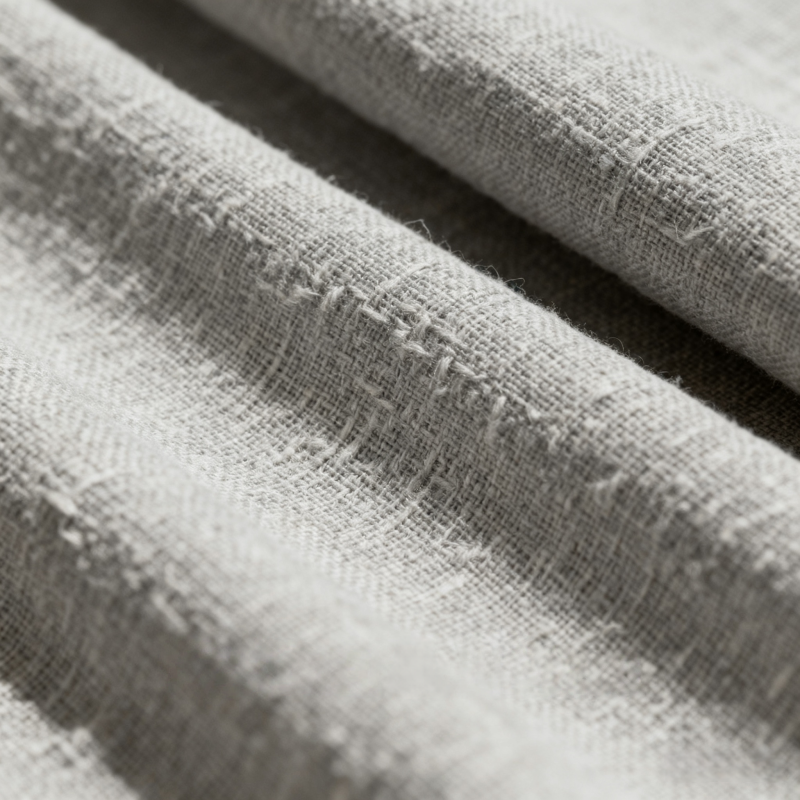
Nylon
Nylon’s one of the most used synthetic fibers in the bag industry, hands down. It was first made for military use, but get this: with how strong, tough, and versatile it is, it quickly blew up in consumer goods. These days? It’s still the go-to fabric for functional bags and everyday ones—totally reliable pick.
Pros:
- Insane strength: Nylon’s super tear-resistant and wear-proof, even when you stuff it to the brim (we’ve all overpacked a bag, right?). No easy rips or wear spots here.
- Water-resistant (win!): A lot of nylon is naturally water-resistant, and if you add an extra coating? That cranks that water protection up even more—perfect for unexpected rain.
- Light as a feather: It’s tough, but it doesn’t weigh a ton. Super handy for travel and commute bags—no lugging around heavy junk just to have a durable bag.
- Low-maintenance vibe: Nylon’s super easy to clean (just wipe it down!) and dries in a flash. No waiting around for it to air out for hours.
Cons:
- Kinda has that “synthetic look”: Yeah, it’s practical, but it usually misses that luxury or natural vibe you get with leather or cotton. It just feels… man-made, y’know?
- Not great with UV rays: If it’s out in the sun for too long, the fibers can fade (bye, nice color!) or get weaker over time. Gotta keep it out of direct sunlight when you can.
- Eco stuff to note: It’s made from oil, so traditional nylon doesn’t break down naturally (not great for the planet). Though newer “eco-nylon” options are popping up—small win.
Where You’ll See It & Which Brands Love It
You’ll spot nylon everywhere in functional bags: travel backpacks, laptop bags, outdoor gear bags, gym bags, and those functional city bags you grab for running errands.
Brands like Tumi, Samsonite, and The North Face? They swear by nylon in their lines. It’s tough enough to keep up with high-demand users—business travelers hauling laptops, students with heavy books, and outdoor lovers out hiking. It gives ‘em the strength and flexibility they need, no questions asked.
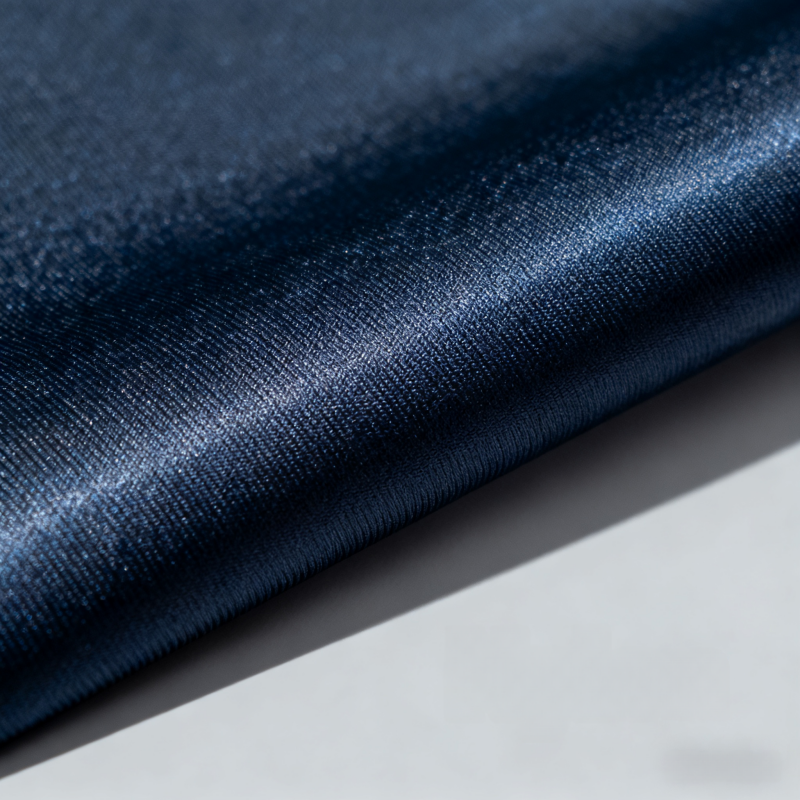
Polyester
Polyester is one of the most used synthetic fibers for bag-making worldwide, no question. It’s famous for being super versatile and tough, so it’s the practical pick for mass-produced bags. Plus, it’s so flexible for designs—you can do almost anything with it. And here’s the cool part: better textile tech gave us recycled polyester (that’s rPET, for short), so now it’s getting way more popular with brands that care about the planet.
Pros:
- Durable & stretchy as heck: Polyester resists stretching, shrinking, and wrinkling. Even if you use it nonstop (think daily backpacks), it keeps its shape—no sagging or weird creases.
- Water-resistant & dries fast: It’s naturally water-repellent, and way quicker to dry than cotton or linen. Spill a little water? Wipe it off, and it’s good to go in no time.
- Tons of design options: You can weave it into smooth surfaces or textured ones, and it takes logos or prints like a champ. Brands can get creative without hassle.
- Easy on the wallet: It’s cheaper than natural fabrics or leather, which makes it perfect for big collections—no breaking the bank to make lots of bags.
Cons:
- Not super breathable: Unlike natural fibers, polyester doesn’t let air flow through much. So it can feel kinda stuffy when it’s hot out—def not the best for super warm days.
- Feels “synthetic”: Regular polyester doesn’t have that luxe touch you get with leather or natural fabrics. It’s functional, but it doesn’t feel as “real” or soft.
- Eco notes to consider: Regular (virgin) polyester doesn’t break down naturally—bad for the planet. But rPET? That’s a sustainable swap, so it fixes that problem a little.
Where You’ll See It & Which Brands Love It
You’ll find polyester in all the everyday, functional bags: backpacks, messenger bags, gym bags, promo tote bags, and travel luggage—stuff you use for school, workouts, or trips.
Athleisure brands like Nike, Adidas, and Puma? They swear by polyester. It’s light but tough, which is perfect for sports or on-the-go bags. And more brands are switching to rPET lately—they wanna hit their sustainability goals, and it’s a big win with younger, eco-conscious shoppers who care about the planet.
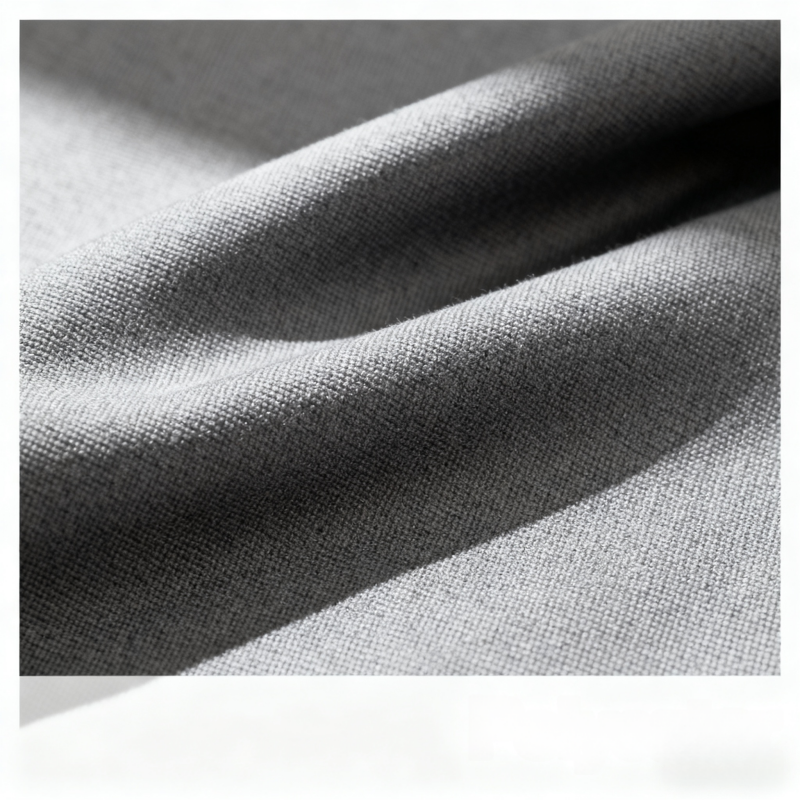
Oxford Fabric
Oxford cloth is a super useful woven fabric that started out as shirt material, but then it totally made its way into the bag industry and became a mainstay. It’s usually made from polyester, nylon, or a mix of synthetic and natural fibers, and here’s what makes it stand out: that unique basketweave pattern. It’s loved for being tough, water-resistant, and having this stylish texture—perfect for all kinds of modern bags.
Pros:
- Tough but light: That basketweave pattern makes it strong, but it doesn’t add any extra bulk. No hauling around a heavy bag just for durability.
- Waterproof & scratch-resistant: Oxford cloth gets treated with special coatings (like PU or PVC), so it’s really good at keeping moisture out and resisting scuffs. Spills or light scrapes? No biggie.
- Stylish look: It has this subtle sheen and textured surface that gives off that polished, modern vibe—looks put-together without trying too hard.
- Low-maintenance: It repels stains pretty well, and cleaning it is a breeze. Wipe it down, and it’s back to looking fresh.
Cons:
- Not super luxe: Yeah, it’s functional and looks nice, but it’s missing that fancy, high-end feel you get with leather. It’s more “reliable” than “opulent.”
- Sticks to casual to semi-formal: It’s great for everyday bags or business casual styles, but it doesn’t fit with high-end luxury bags. It has its vibe, and that’s okay.
Where You’ll See It & Which Brands Love It
You’ll spot Oxford cloth in all the practical, everyday bags: laptop bags, business backpacks, travel luggage, outdoor gear bags, and school backpacks—stuff you’d use for work, school, or trips.
Contemporary brands that focus on urban functionality—like Samsonite, XD Design, and Incase—use Oxford cloth all the time. It hits that sweet spot between looking professional and being useful for daily life, so it’s a hit with both students and working folks.
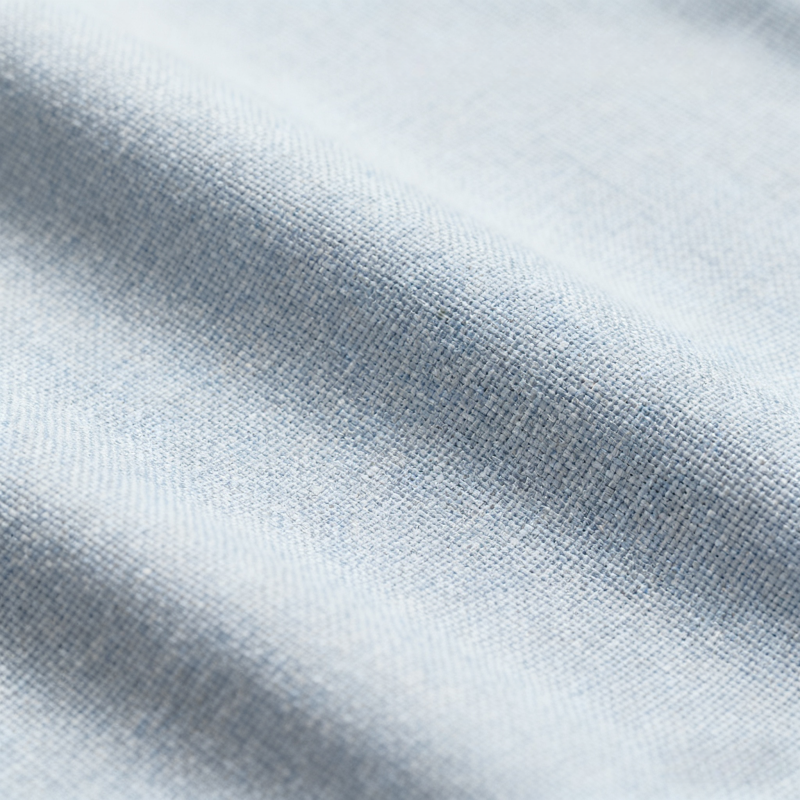
Ripstop Fabric
Tear-resistant fabric is a specially woven textile that’s made to be super strong and hard to rip. Here’s how it works: they take a lightweight base cloth (usually nylon or polyester) and weave thicker, reinforced threads into it regularly. It started out for military use, but these days? It’s the go-to material for outdoor, travel, and tactical bags—a total workhorse.
Pros:
- Tear & wear-resistant as heck: That reinforced weaving stops small rips from getting bigger. It basically makes your bag last way longer—no random holes popping up mid-adventure.
- Light but tough as nails: Even though it’s super durable, it’s still light and easy to carry. No lugging around a heavy bag just to get that “can handle anything” strength.
- Weather-friendly: It’s usually treated with a water-resistant or waterproof coating. Perfect for outdoor use—rain or dampness? It’s got your back.
- Lots of finish options: You can get it in matte, shiny, or patterned styles—even camo. No shortage of looks for different vibes.
Cons:
- Feels kinda synthetic: It’s missing that luxe or natural look you get with leather or linen. Functional? Absolutely. But it doesn’t have that “soft, natural” vibe.
- Super techy vibe: It works best for functional or rugged styles—think hiking or tactical bags. Not so much for high-end fashion bags; it’s just not that aesthetic.
Where You’ll See It & Which Brands Love It
You’ll spot it in all the adventure-ready bags: hiking backpacks, outdoor gear bags, tactical bags, military duffels, and gym bags—stuff you’d take on a hike, camping trip, or even a busy gym day.
Brands like The North Face, Patagonia, and Arc’teryx? They load up on tear-resistant fabric in their outdoor lines. It’s tough enough for harsh environments—mud, scrapes, rain—and adventure lovers totally trust it for that “won’t let me down” reliability.
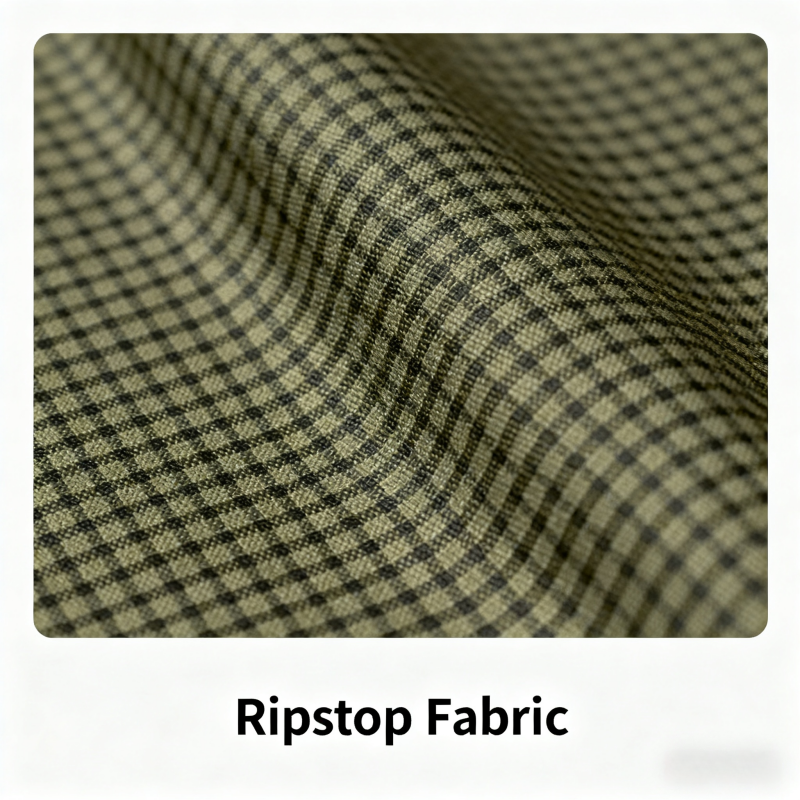
Straw & Rattan
Straw and rattan are natural plant materials that add this awesome handmade charm to bag designs. Traditionally, people used ‘em to weave baskets, but now? The fashion world loves ‘em for their light feel and that perfect “summer vibe.” They’re huge in seasonal collections and vacation looks, bringing that fancy craftsmanship and natural elegance to anyone who grabs ‘em.
Cons:
- Kinda fragile: Compared to leather or synthetic fabrics, they break or wear out more easily. You gotta be a little gentle—no tossing ‘em around like a tough backpack.
- Not great with weather: They’re sensitive to moisture. If they get wet, they might warp or get weaker. Rainy days? Better leave ‘em at home.
- Mostly a seasonal thing: They’re super popular in spring and summer collections, but demand drops off the rest of the year. They’re basically “warm-weather only” stars.
Where You’ll See ‘Em & Which Brands Love ‘Em
You’ll spot ‘em in all the summery, vacation-ready stuff: summer totes, beach bags, picnic baskets, and those cute vacation-style accessories you grab for a trip.
High-end fashion brands like Loewe, Chloé, and Prada? They highlight straw and rattan in their seasonal lines all the time. They’ll even add leather trims or fabric linings to make ‘em more durable. These bags are popular ‘cause people go crazy for natural, handmade stuff—it makes ‘em think of chill, easy vacation days.

Denim
Denim’s that tough twill cotton we all know from jeans, but it’s also totally making waves in the bag world. No secret here: its rugged texture, casual vibe, and timeless cool factor make it perfect for edgy, youthful collections. Denim bags stand out with that laid-back charm, hitting a sweet spot between durability and street style.
Pros:
- Durable as all get-out: That twill weave gives denim some serious strength and wear-resistance. It can handle daily use without falling apart—no flimsy nonsense.
- Gets better with age: Just like your favorite jeans, denim gets character over time. Fading and a little wear? They only make it more unique. It’s like your bag gets its own story.
- Low-maintenance vibe: Compared to leather, it’s washable and way easier to care for. Spill something? Toss it in the wash (gentle cycle, obviously) and it’s good to go.
- Super flexible for designs: You can dye it, distress it, or mix it with other fabrics (like leather!) for that mixed-material look. Designers can get creative without limits.
Cons:
- Fades over time: Now, while fading’s usually a style win, some people might see it as a downside. If you hate when colors soften, denim might not be your pick.
- Heavier than cotton canvas: It adds a little extra heft to bags compared to lighter fabrics. Not a big deal for most, but worth noting if you hate carrying heavy stuff.
- Total casual vibe: Denim lacks that formality you need for luxe or work bags. It’s great for weekends, but it won’t fit in at a fancy meeting.
Where You’ll See It & Which Brands Love It
You’ll spot denim in all the chill, stylish bags: casual backpacks, totes, crossbodies, edgy fashion handbags, and those limited-edition promo picks (the ones that sell out fast).
Streetwear and casual lifestyle brands like Levi’s, Guess, and Diesel? They’re all over denim in their accessory lines. These bags hit big with younger folks who care about style, personality, and keeping things casual and real—no stuffy vibes here.
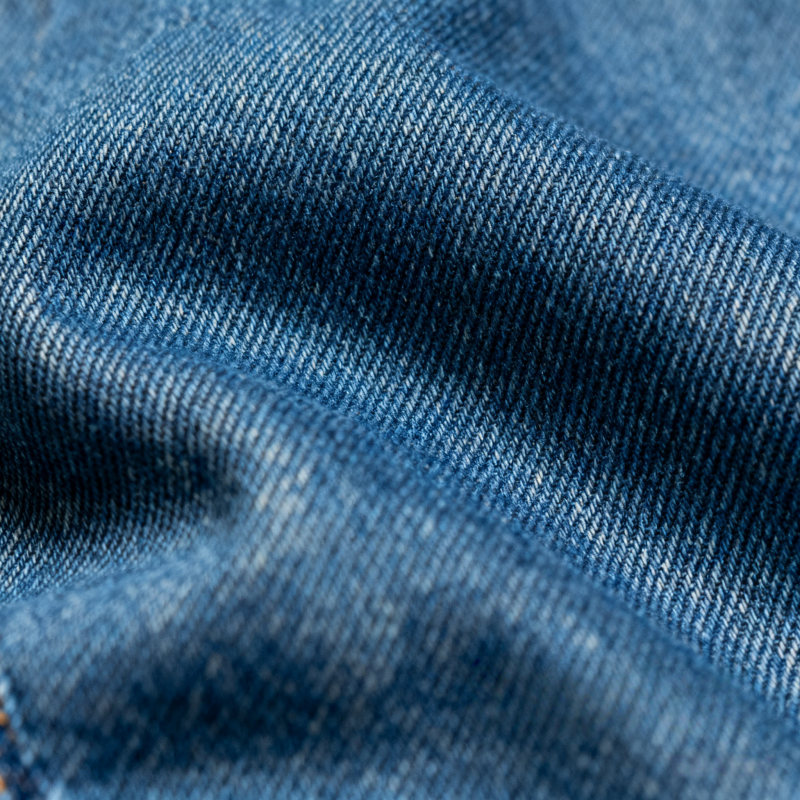
How to choose the right fabric for your brand?
Choosing the right fabric is a very important issue. It is about matching the material with your brand’s image, audience, and purpose.
No overcomplicating it—here’s the breakdown that makes sense.
Match Fabric to Your Brand Type
- Luxury brands? They usually lean into full-grain or top-grain leather—a total no-brainer for that high-end feel. It’s all about that premium texture that screams “nice.”
- Eco-focused brands? They tend to go for microfiber, cotton, linen, or straw/rattan. Makes sense—these fabrics check the “kind to the planet” box without skipping style.
- Bags that need to perform (think tough, weather-ready)? Nylon, polyester, Oxford cloth, or tear-resistant fabric are your best bets. They boost durability and hold up against rain, scrapes, and all that daily chaos.
- Casual or seasonal lines? Canvas, denim, or straw/rattan work perfectly. They’ve got that laid-back, “for weekends or warm days” energy.
Don’t Forget the Little (But Big) Stuff
And let’s not overlook the basics: Think about what your customers need, where they’ll use the bags, and how to balance cost and durability. Sometimes, mixing fabrics—like canvas with leather trims—hits that sweet spot. It’s not just about looking good; it’s about working for them.
At the end of the day, the right pick does more than make your bags look good—it also strengthens your brand’s story. People notice when a fabric fits what your brand stands for—and that’s how you stick in their minds.
Recommended by bag manufacturers in China
Why do I recommend Chinese bag manufacturers? Here I have sorted out some advantages:
- Lower bulk costs: Affordable production means solid value when making lots of bags.
- Smooth supply chains: From materials to shipping, everything connects fast—no messy delays.
- OEM/ODM pros: They customize (designs, samples, bulk runs) to fit your brand’s needs.
- Fast & flexible: Adjust production quickly for order changes or urgent requests.
- Solid tech skills: Master sewing, fabric/waterproof treatments—great quality + innovation.
- Export-savvy: Know ISO/BSCI standards, so bags get into overseas markets easily.
RONEER is a Chinese manufacturer headquartered in Jiangmen and has set up its own factory in the ‘leather capital’ of Guangzhou. With 18 years of experience in designing and producing high-quality leather and fabric bags, we combine exquisite craftsmanship, advanced production facilities, and strict quality control. Already serving customers in over 50 countries, offering professional OEM and ODM services, ensuring consistent quality, customizable designs, and reliable delivery.
If you are interested, please contact us, and our team will recommend the most suitable bag fabric for you based on your brand preferences, budget, etc.!
